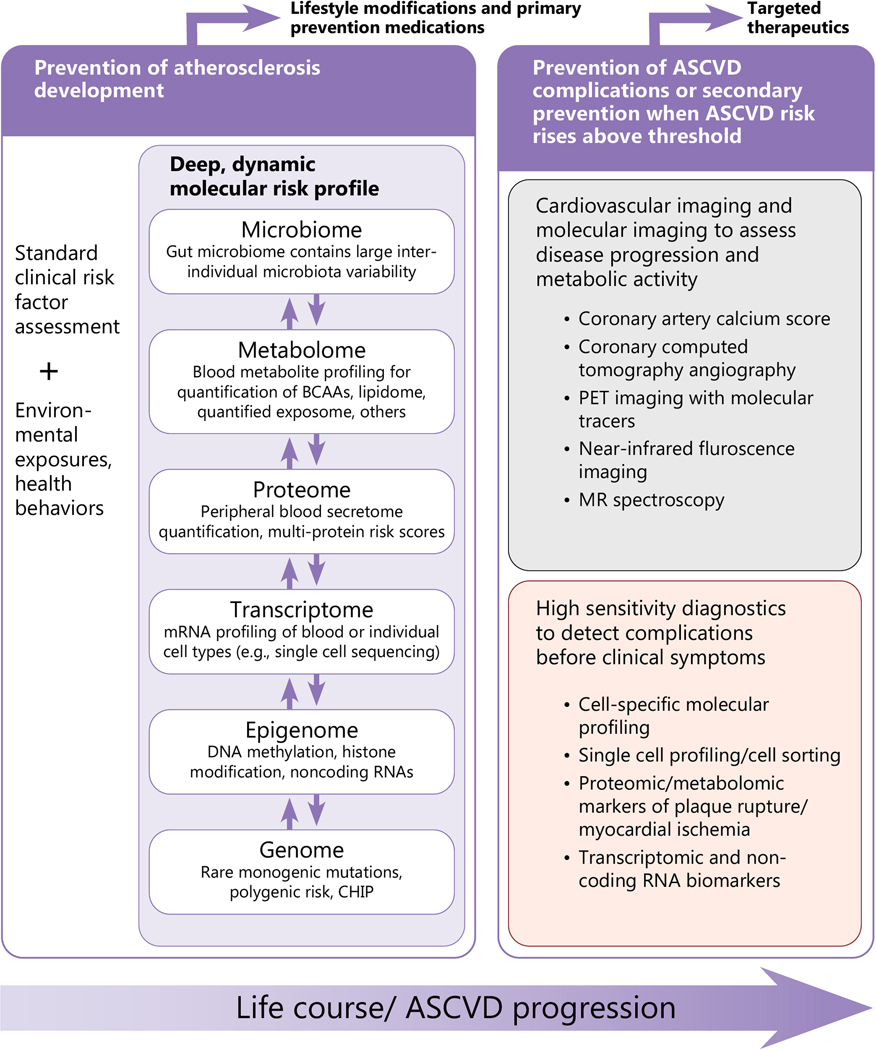Figure 2. Life course integration of multi-dimensional molecular data for ASCVD risk prediction.

A conceptual view of how molecular diagnosis of ASCVD may proceed through the life course. Prevention of atherosclerosis development begins early in the life course with monitoring of standard clinical risk factors, environmental exposures, and deep, dynamic molecular risk profiles integrating information from the various “omics” layers. The connections between different “omic” layers displayed here is simplified for visualization purposes; the ‘post-genetic’ layers (epigenome, transcriptome, proteome, metabolome, microbiome) also influence each other bi-directionally. During early adulthood to mid-life, when atherosclerosis typically develops, personalized molecular risk profiles can inform risk status, leading to personalized treatment recommendations. In individuals with sufficient risk (typically in middle age and older adults), molecular imaging and cell-specific molecular profiling can be deployed to more precisely risk profile individual plaque features, with the goal of informing targeted therapeutic approaches. Lastly, high-sensitivity molecular diagnostics may reveal signs of impending ASCVD complications (e.g., plaque rupture) before clinical symptoms develop, enabling upstream treatment and prevention approaches.
